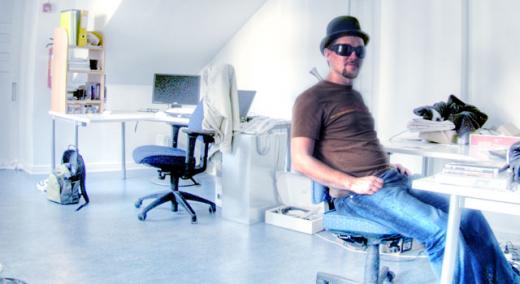Credit: Ville Miettinen
How should organizations—including their quality departments—reshape office space to maximize productivity in the future of work? What will the new workspace—from the office to homes—look like in the future? We know it will be different. But to survive and thrive in the post-Covid world, you need to adopt best practices on returning to the office.
|
ADVERTISEMENT |
Our hybrid future
Surveys say two-thirds to three-quarters of employers plan to operate on a mainly hybrid schedule after the pandemic. Some big corporations even transitioned to having all of their employees work from home permanently.
…

Add new comment